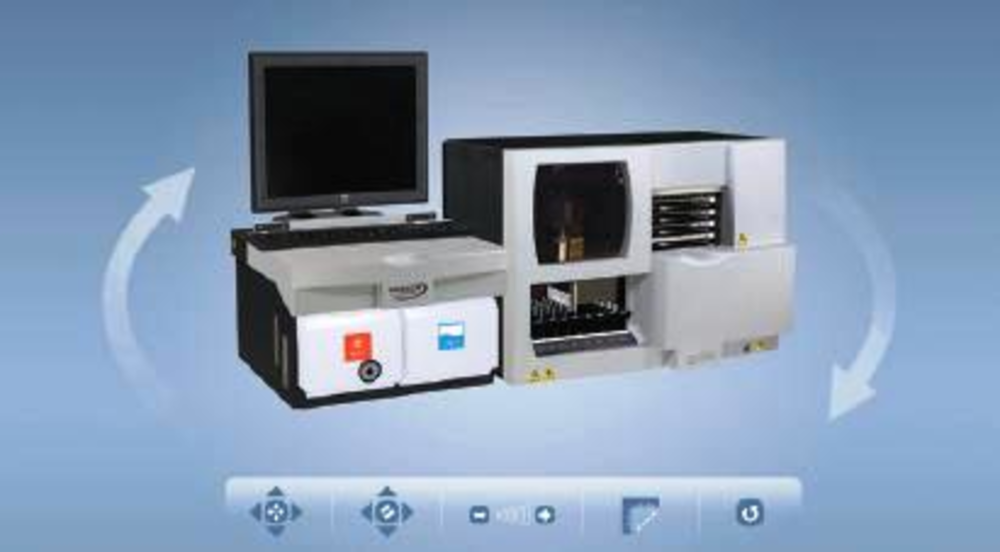Though ads for pharmaceuticals are ubiquitous on television, billboards and in print, medical device manufacturers — who create everything from surgical tools and lab equipment to artificial limbs — work equally hard to cut through the clutter to reach their core audiences of doctors, hospital buyers and consumers.
But the market for medical devices is not a single entity, cautions Craig Douglass, SVP and group creative director at Digitas Health, so marketers must target their products with care in sometimes highly niche markets. “If you’re looking at a large piece of capital equipment, that’s different than a replacement limb,” he explains.
No matter what your product, however, it’s essential to get doctors on board with the device, says Kerry Hilton, president and CEO of HC&B Healthcare Communications. “Peer-to-peer endorsement or rejection can make or break the success of a medical device,” he says. “[Medical professionals] are the gatekeepers and if they don’t believe in the device’s effectiveness or if the device is difficult to use, they won’t apply it to their patients.”
Device marketers tend to stay away from direct-to-consumer marketing because of the specialized nature of the products. “A medical device is probably not so much for the general public, it’s usually used in the surgeon’s office one time, under their care,” adds Hilton.
Larry Mickelberg, EVP at Digitas Health, agrees that direct-to-consumer marketing is “not the norm, as in pharma.” The applications are specialized, he points out, and “these populations are very specific.”
But for some campaigns, it is important to follow up with a consumer campaign to attract patients to doctors. “Consumers are going to be… looking for what procedure is right for them,” Hilton explains. Doctors can take advantage of this by promoting their new products and services, says Amy Jacobs, global director of marketing for Bausch & Lomb. “We see [direct mail] as effective with surgeons sending out mailings directly to their patients.”
Digital marketing tactics are expected to grow in popularity among device marketers, because “everyone has hand-held, iPod-type devices and other things to watch digital material,” Jacobs adds. But this has also been a challenge, says Mickelberg, because medical device marketers are “probably the latest adopters to really think through digital strategies — trade shows are probably where device companies spend most of their budget. I think that someone who could break out and/or make trade shows much more integrated [would find success].”
This was a problem faced by Immucor, a manufacturer of blood analyzing systems. It had been showcasing its newest product, the Galileo Echo, at trade shows, but “our 2006 demo cost for shipping the things around was about $30,000,” says Lane Andrews, global creative director for the company. As a less expensive option, Immucor decided to put a virtual product tour on its Web site, created by digital services provider Kaon Interactive. It used direct mail and e-mail to drive its target audience of blood bank administrators to the microsite on which the tour was featured.
“The more somebody is engaged and interactive with a sales process, the more likely they are to remember key pieces of information,” says Gavin Finn, CEO of Kaon, who adds that the key is to “drive people to interact with the solutions you’re presenting.”
The creative solutions that device marketers use drive home the point that healthcare marketing isn’t all about pharmaceuticals — and that the “other half,” so to speak, requires a nuanced approach uniquely its own. “Your buyers are very different and your marketing is very different,” says Douglass.
Campaigns
Vaser
Integrated campaign
To promote the Vaser lipoplasty device to its core audience of plastic surgeons, HC&B Healthcare Communications used compelling photography and a strong tagline, “The Tool Behind the Talent,” to position the product as a tool for plastic surgeons to use when modifying patients’ bodies — and also to attract patients looking for an effective plastic surgery solution. The imagery and messaging were consistent across multiple touchpoints, including sales collateral, trade show displays, Web site and print ads targeting patients.
Immucor
Virtual product tour
Immucor turned to Kaon Interactive to develop a virtual product tour for Immucor’s Galileo Echo, to launch the new blood analyzing device after the company realized that its sales representatives, spread out throughout the US, had a problem with limited access to the product. It also hoped that the virtual product tour would help it cut down on shipping costs for the product. Promoted through direct mail and HTML e-mail to a highly specialized audience, “we’ve had a steady flow of 15 to 20 hits per month on the site, says Lane Andrews, product marketing manager for Immucor, who believes that about 80% to 85% of visitors view the virtual tool. “We’ve attributed about 20 closes to the tool,” he notes.
Bausch & Lomb
DRTV
After getting ophthalmic surgeons to use its Crystalens accomodating intraocular lens to treat cataracts, Bausch & Lomb launched a DRTV campaign in three markets: St. Louis; Dallas; and Raleigh-Durham, NC, targeting the 50-plus consumer who is most likely to be suffering from cataracts. Created by the Seiden Group of New York, early returns from the ad “are favorable,” says Amy Jacobs, global director of marketing at Bausch & Lomb. “We are able to track effect through Web site hits and phone calls [to both the company and] surgeons’ offices. The phones are ringing,” she adds. The DRTV campaign may be expanded to other markets in 2009.








